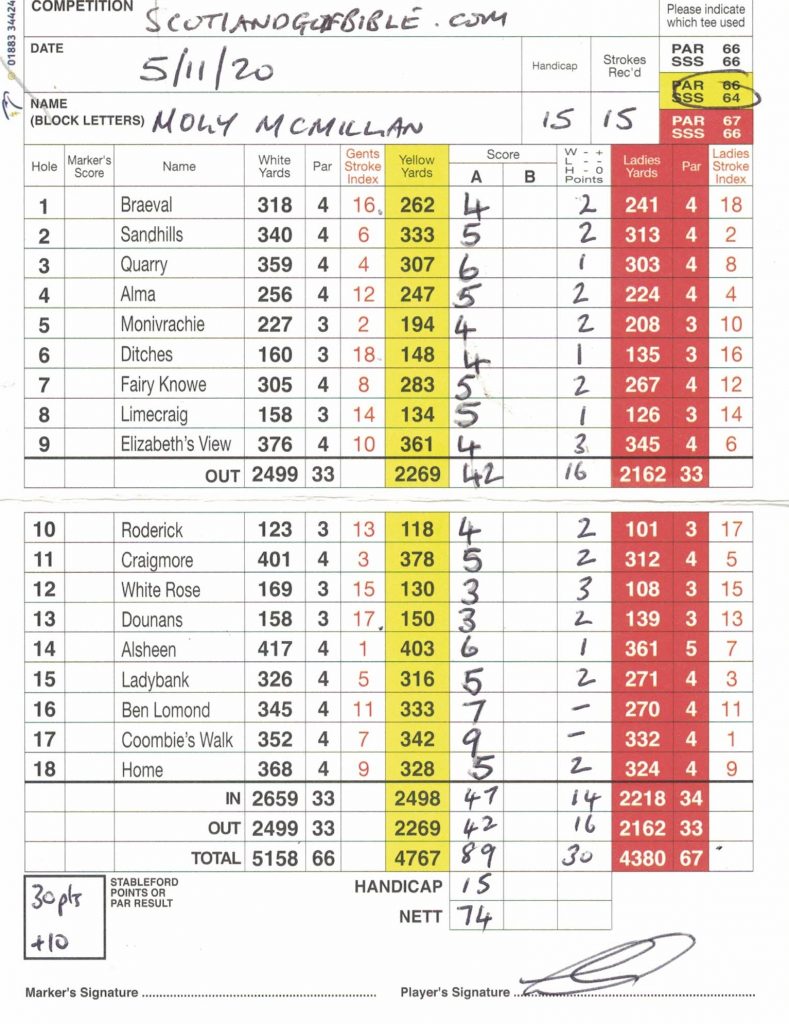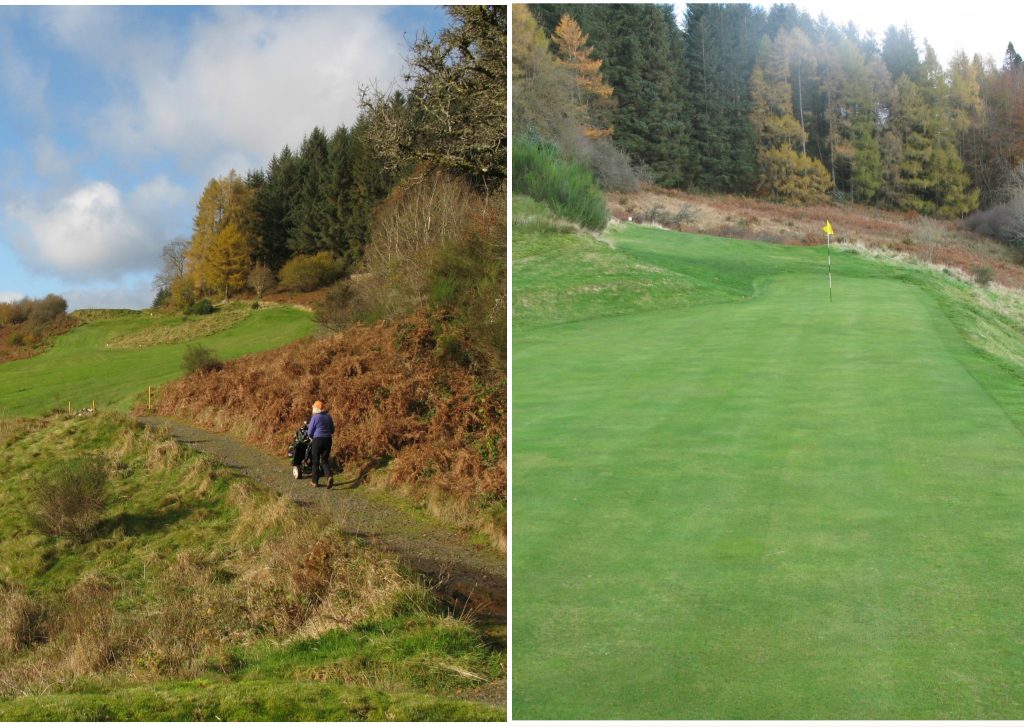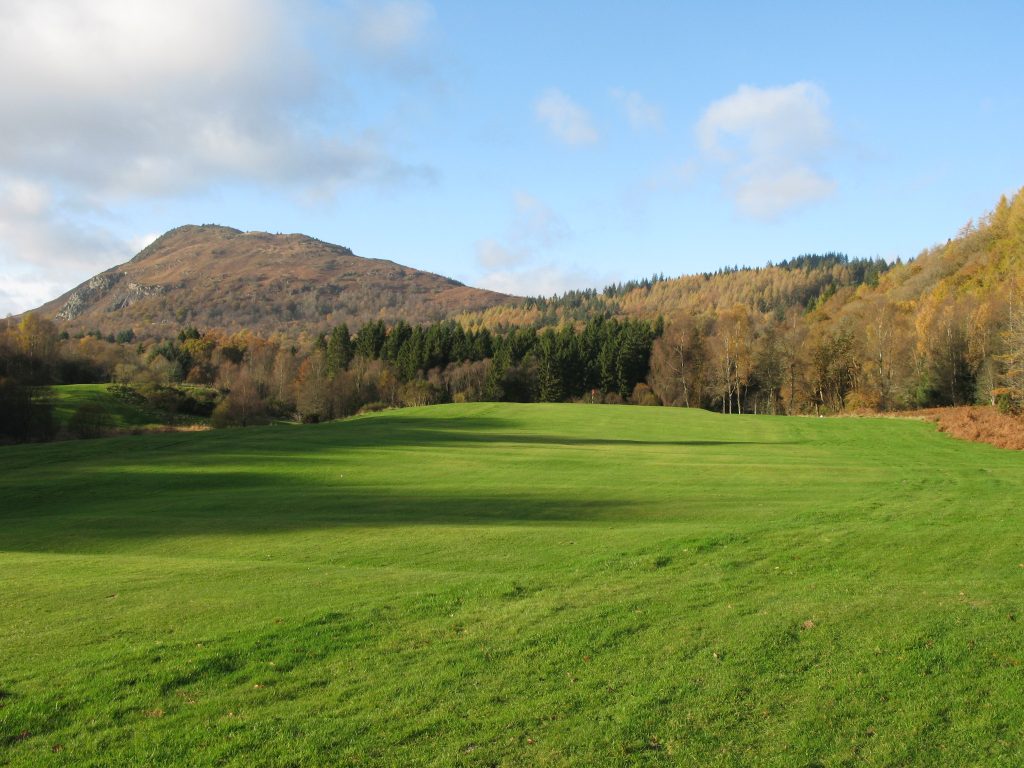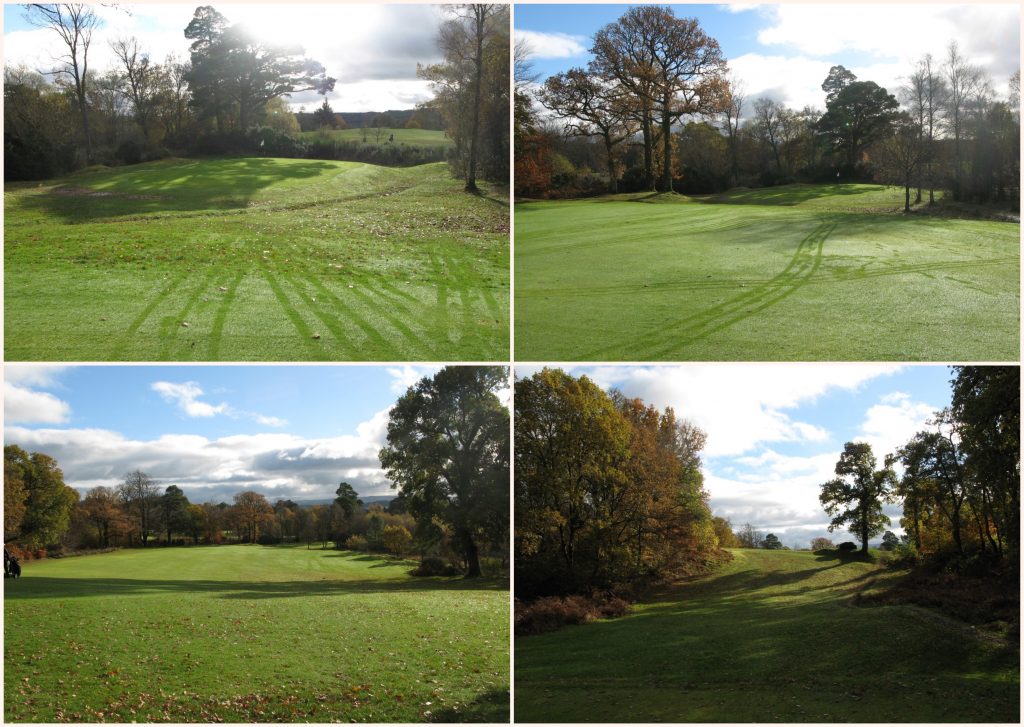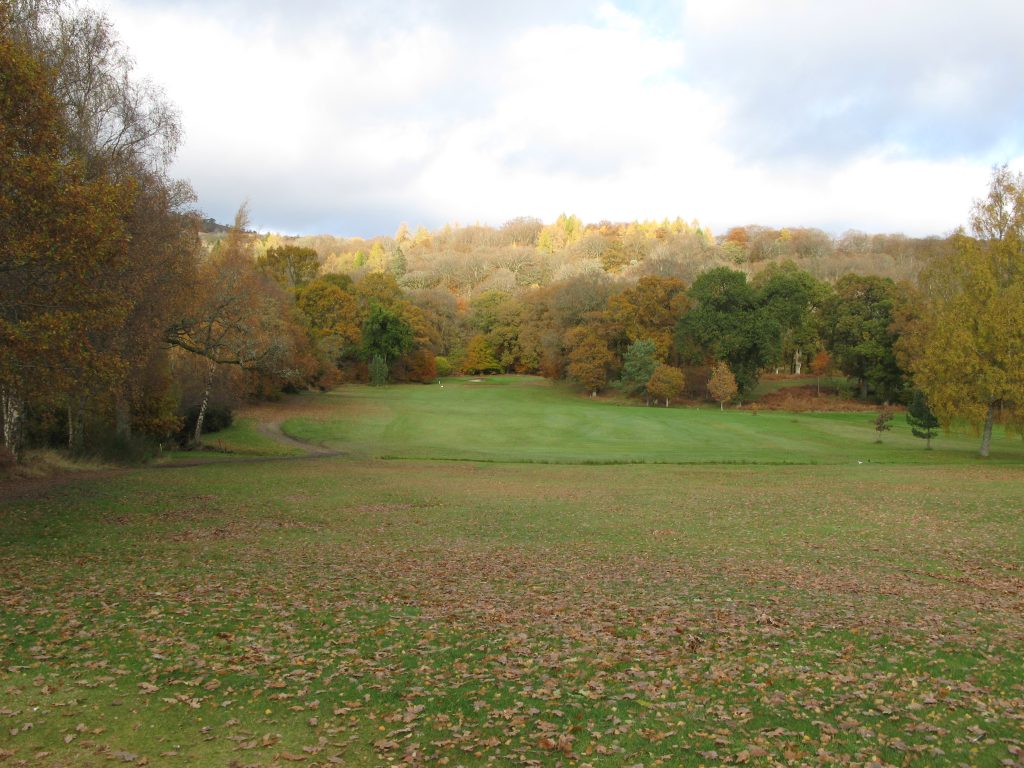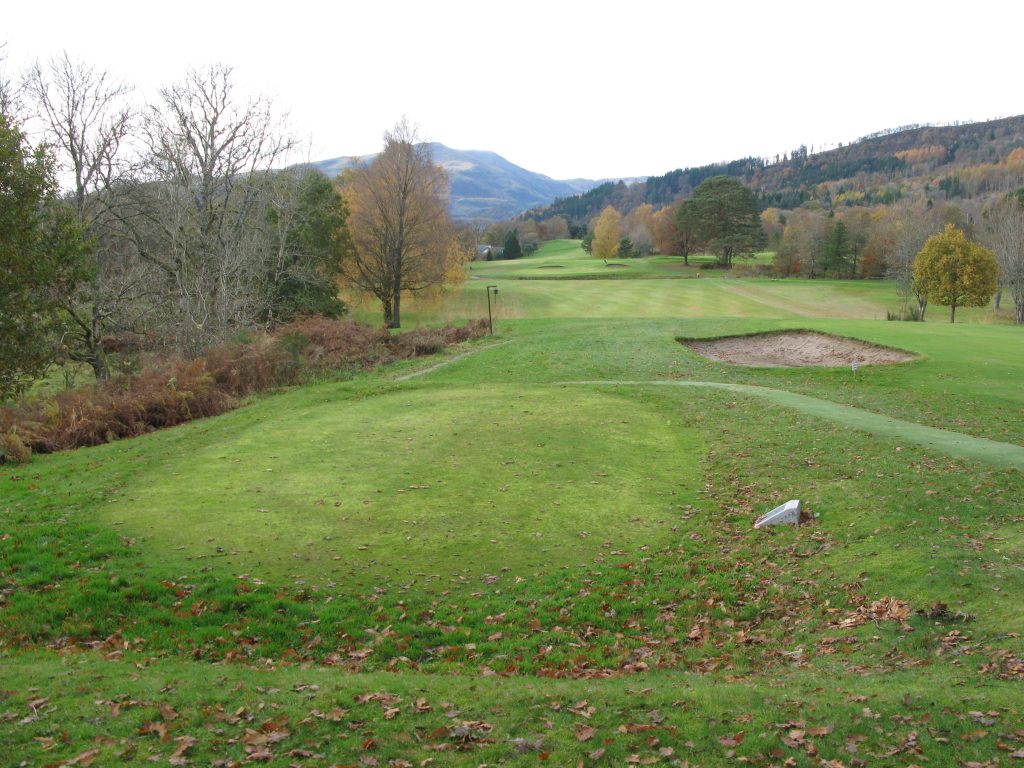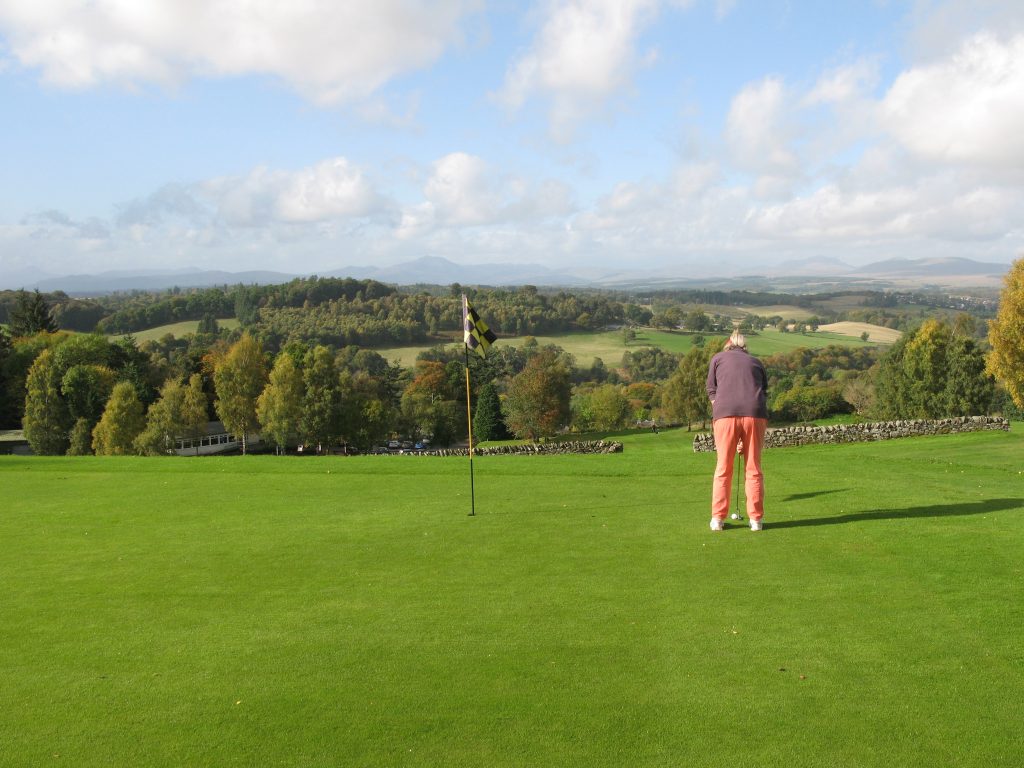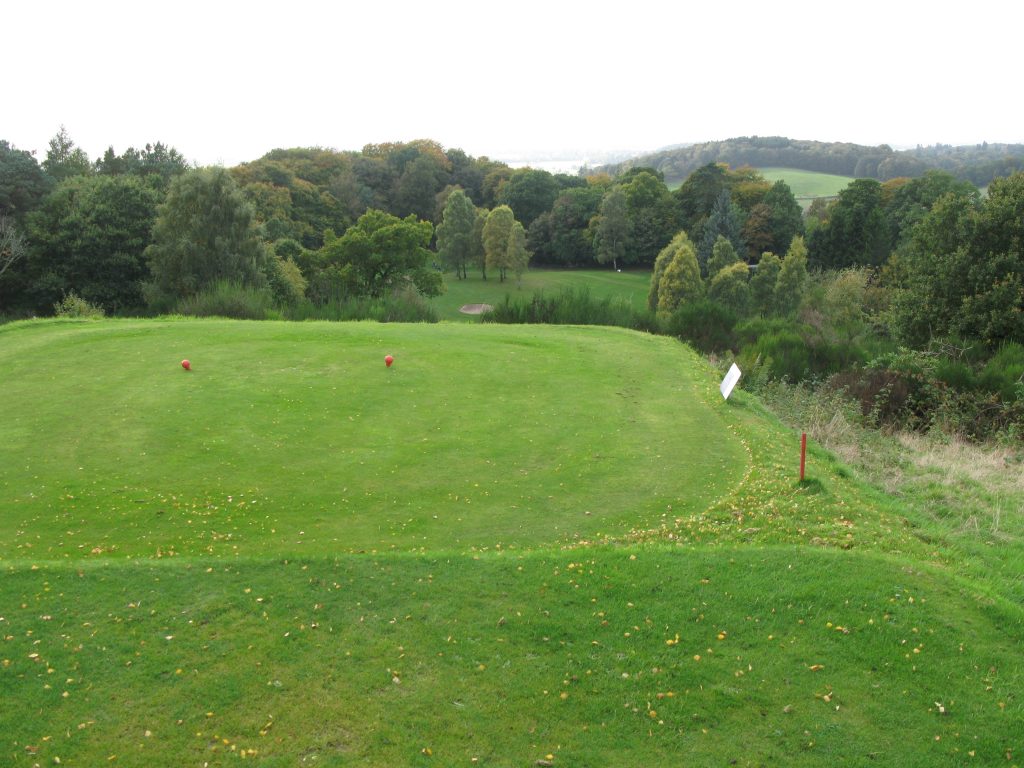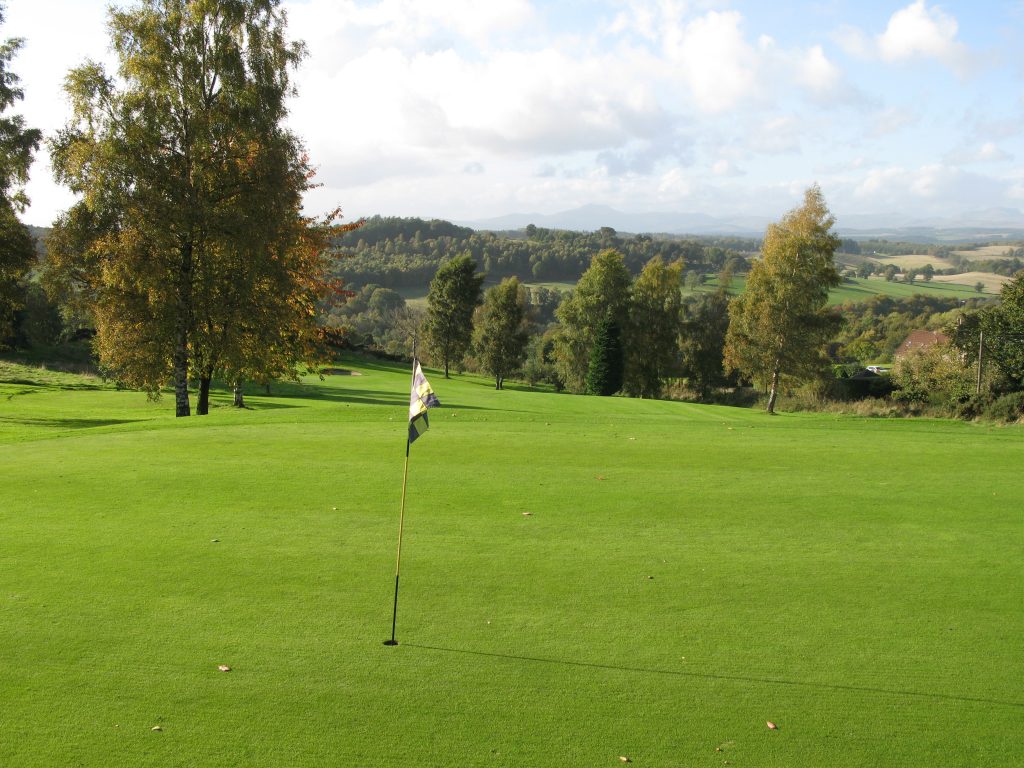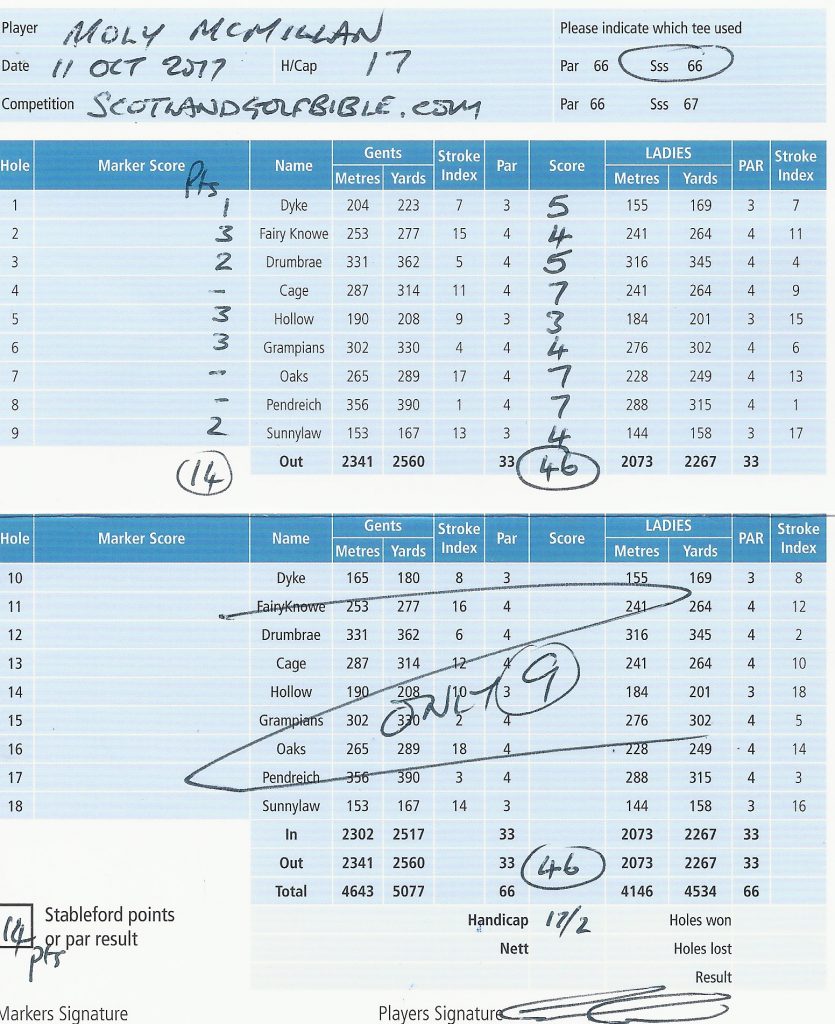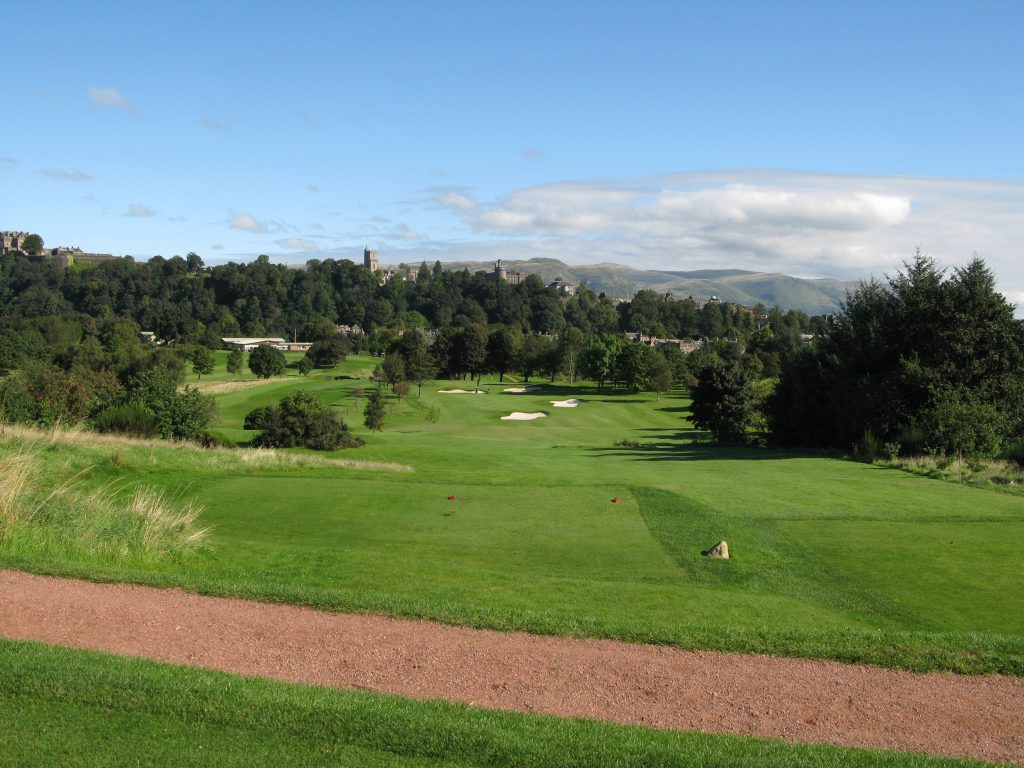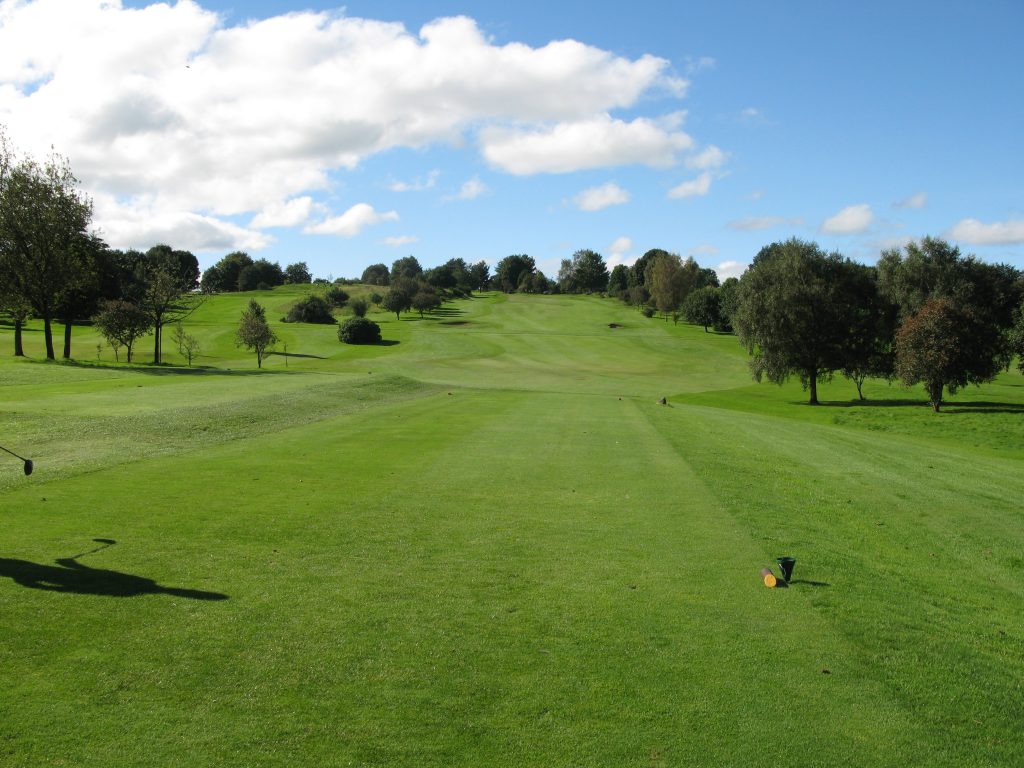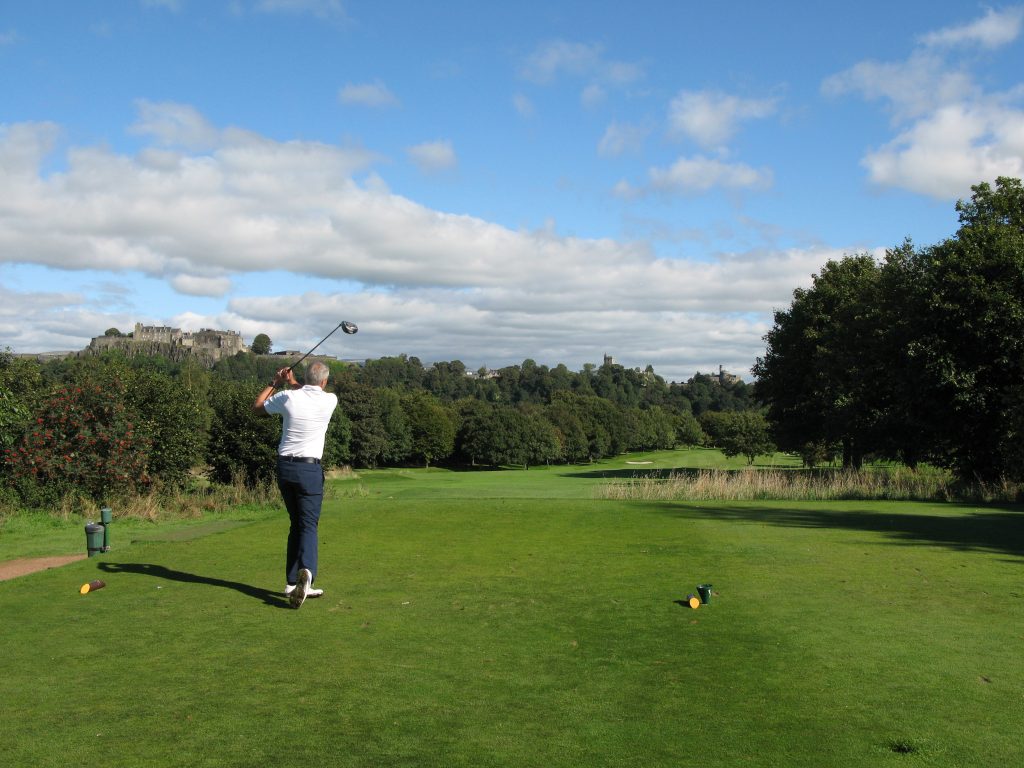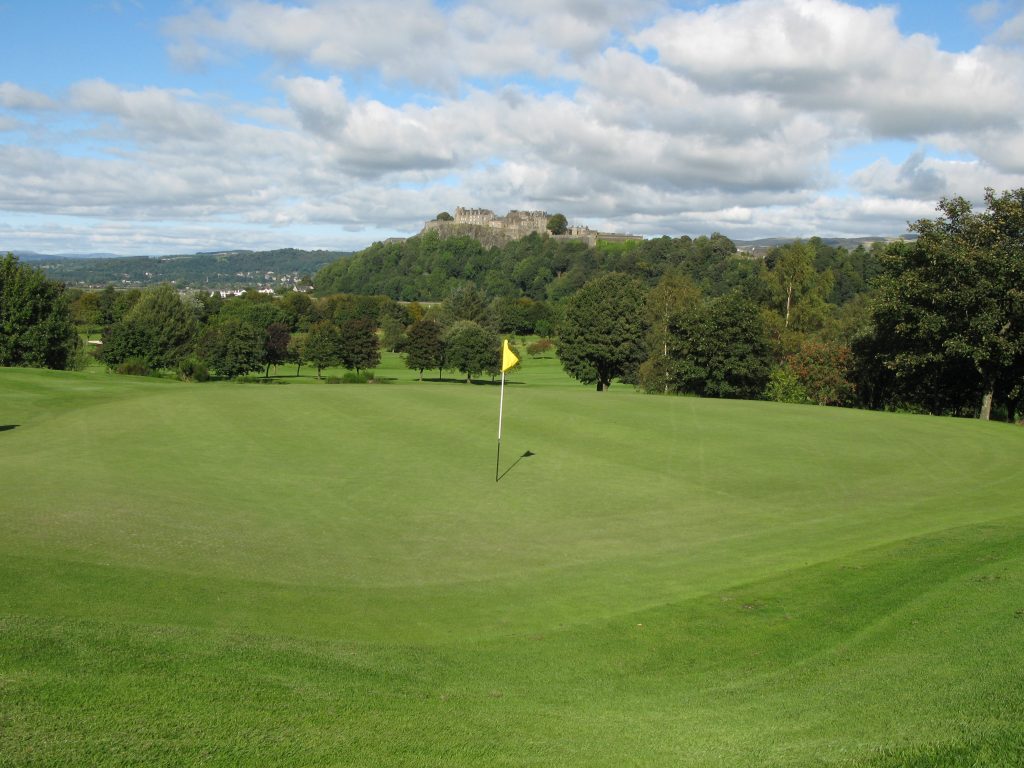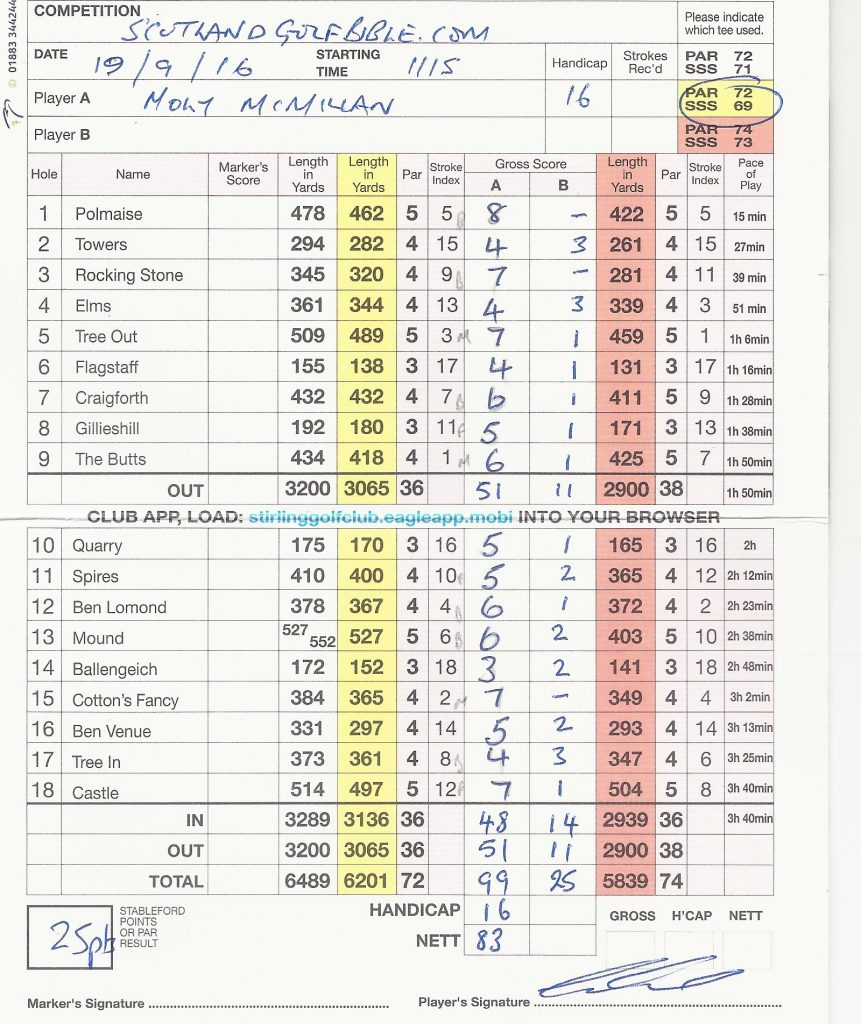A wonderfully understated golf course
Round £25. Par 66. Course Rating / Slope Rating (yellow) 64.1/115. Value (out of 5) – 5
From the endearing conversation with local members, to the beautifully crafted use of space and to meeting the challenge of some excellent holes, Aberfoyle golf course is an absolute joy, set in the magnificent surroundings of the Trossachs area of Scotland. It’s a must play and incredible Scottish golfing value.
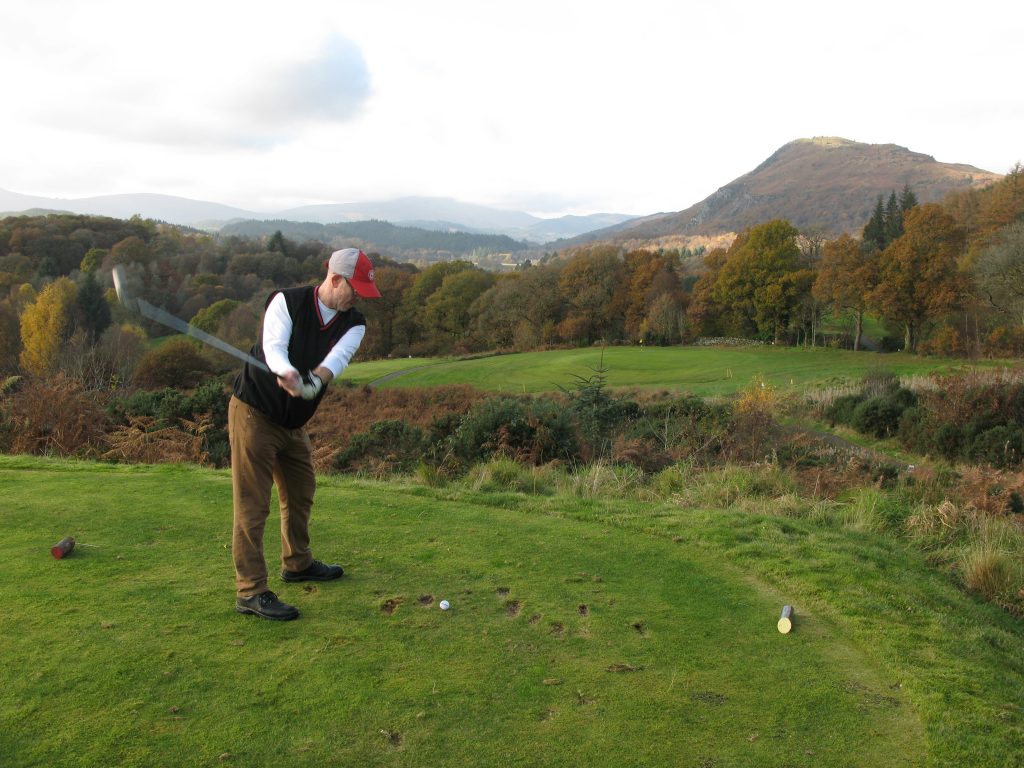
Bend that right leg Moly!
The course was established in 1890 with 9 holes and only extended to 18 holes in the 1980s, albeit it’s a difficult job trying to guess the original 9. It’s short in length, at well under 5000 yards from the yellow tees most people will use, but still has a slope rating of 115 despite only having 8 bunkers.
Set among the glens, the wind may make some of the longer par 3s and par 4s difficult to reach in regulation. Particularly so, for those holes played into the prevailing wind; the long par three 5th and par four 14th, well deserving of their stroke indexed 2 and 1 ratings.
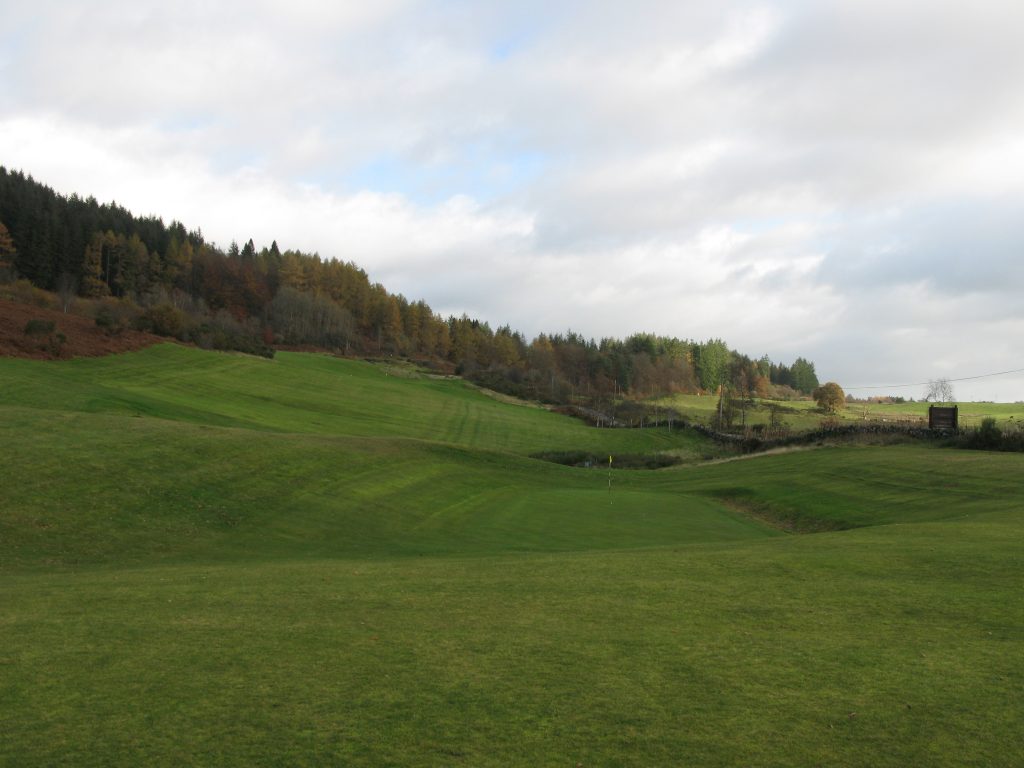
The highlight of my playing was actually a bogie 4 at the 5th, after pulling a 3 wood tee shot into the heath on the left of the green and getting the ball miraculously onto the green with my second. It’s not always birdies that get remembered.
The most memorable hole, however, was the gorgeous short par four 4th hole. Again, played into the prevailing wind, it has a delightful thin green from ‘front to back’. The local guide, excellently displayed on the good club website, is well worth reviewing before play, with the advice on the 4th not to be tempted to go for the green from the tee, but rather play conservatively left with a mid iron, or hybrid, to leave an easy pitch up to the green.
The recent weather when I played had been horrendous and I was amazed at the great condition of the course, testament to the natural drainage and mindful greenkeeping. I can imagine the joy of playing Aberfoyle on an early or late Summer evening.
It is a tough walk tough, with several blind shots to encounter (the 17th was the most striking in this regard), so a yardage device is also recommended. There are also some holes that cross each other, something typical of the late Victorian courses. Some amalgamation golf course guides cite James Braid as the designer, but I didn’t get any confirmation of that on the list of courses on the Braid association guide. It would be interesting to know who the designer of the original 9 holes was.
Golf is such a game of “what if’s” – on the day, mine were a triple bogie 7 on the 16th followed by an even worse 9 on the par four 17th having lost 2 balls. Other than those holes, I played pretty well.
It’s a great course Aberfoyle, well worth the journey. One trivial point – having paid £15 on-line using the clubs booking system, I turned up to find a sign on the closed clubhouse door saying “From 1st Nov, only £10”. Despite being a little peeved, this is still 5-star value!
Course Type: Heathland
Par 66 (0 par 5s, 12 par 4s, 6 par 3s)
Distance: 4767
Moly’s Gross score: 89
